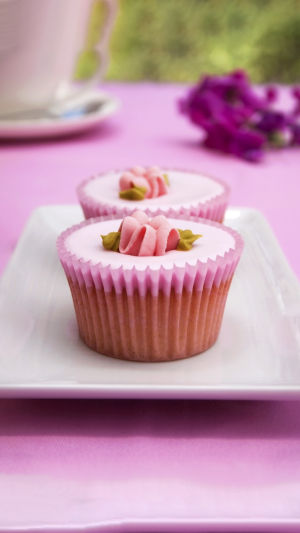Cakes have been a cornerstone of celebrations and sweet indulgence for centuries, evolving through time with different cultures putting their unique spins on traditional recipes.
This journey through flour, eggs, and sugar has given birth to an array of delectable variations, three of which stand out for their popularity and universal appeal. This essay aims to shed light on these three cakes, exploring their history, characteristics, and the reasons behind their enduring popularity.
<h3>Classification of Three Popular Cakes</h3>
<b>1. Chocolate Cake</b>
The chocolate cake's journey began in the late 19th century when cocoa powder became more widely available. Its evolution from a luxury treat to a household staple mirrors the increasing accessibility of chocolate. Typically rich and moist, chocolate cake comes in many forms, from simple, single-layer delights to elaborate multi-tiered creations adorned with frosting, ganache, or fruit. Its widespread appeal lies in the universal love for chocolate, making it a go-to choice for birthdays, anniversaries, and comfort food.
<b>Where to Buy:</b> Chocolate cake can be found in bakeries, cafes, and restaurants globally. In the United States, popular bakery chains like Magnolia Bakery and Carlo's Bakery offer delicious chocolate cakes. In Europe, patisseries in France and Germany are known for their decadent chocolate creations.
<b>Price Range:</b> The price of chocolate cake varies depending on factors such as size, quality of ingredients, and shop location. A slice of chocolate cake typically ranges from $3 to $8, while whole cakes can cost anywhere from $20 to $50 or more, depending on size and intricacy of design.
<b>2. Cheesecake</b>
With roots tracing back to ancient Greece, cheesecake has undergone significant transformations. The modern, cream cheese-based version emerged in the United States in the late 19th century. Distinguished by its creamy texture, this dessert combines cheese (usually cream cheese, ricotta, or quark), eggs, and sugar on a crust made from crushed cookies, graham crackers, or pastry. Its versatility, with countless flavor variations like strawberry, blueberry, and chocolate, contributes to its fame.
<b>Where to Buy:</b> Cheesecake is widely available in bakeries, dessert shops, and cafes. In the United States, The Cheesecake Factory is renowned for its extensive selection of cheesecake flavors. In Europe, cafes in major cities like London and Berlin often feature cheesecake on their dessert menus.
<b>Price Range:</b> A slice of cheesecake typically ranges from $4 to $8, while whole cheesecakes can cost anywhere from $20 to $60 or more.
<b>3. Red Velvet Cake</b>
The origins of red velvet cake are somewhat murky, with stories of its creation ranging from the 1800s to the early 20th century. Known for its distinctive bright red or crimson color, which originally came from nonDutched, anthocyanin-rich cocoa, red velvet cake is usually prepared with a hint of cocoa, buttermilk, and vinegar, topped with cream cheese or ermine frosting. The visual appeal, combined with its unique taste profile, has made red velvet a favorite for festive occasions and themed parties.
<b>Where to Buy:</b> Red Velvet Cake can be found in bakeries, cake shops, and specialty dessert stores. In the United States, bakeries like Sprinkles Cupcakes and Magnolia Bakery offer delicious red velvet cakes. In South Korea, cafes and dessert shops in cities like Seoul often feature red velvet cake on their menus.
<b>Price Range:</b>A slice of red velvet cake typically ranges from $3 to $7, while whole cakes can cost anywhere from $25 to $50 or more.
Cakes are more than just desserts; they are symbols of celebration, tradition, and nostalgia. Among the myriad varieties, chocolate cake, cheesecake, and red velvet cake stand out not just for their delightful flavors but also for their rich histories and the joy they bring to people's lives.





